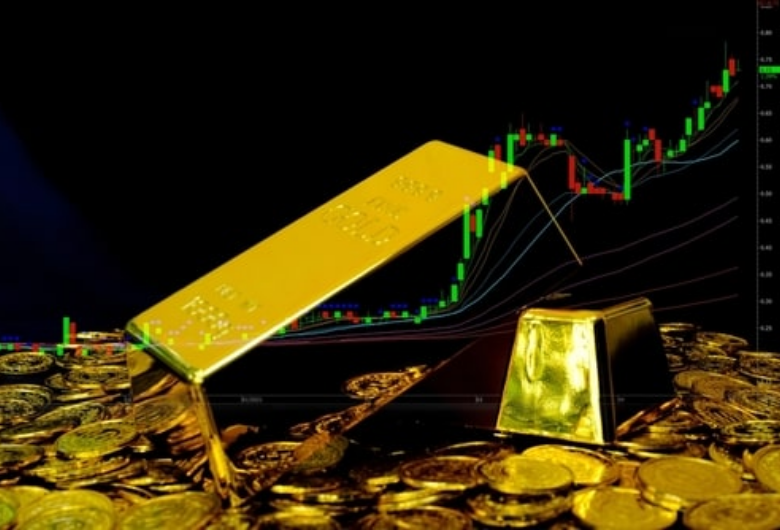Gold investors have been doing a lot of “soul-searching” for the last two and a half years. But gold as an asset will take an important place in portfolios in the next three years, according to Bank of America.
The precious metal ended the year flat and largely traded down and sideways since hitting those new record highs in 2020. But this is now finally changing.
“Interest in gold has been muted in recent quarters compared to other asset classes, partly because rising real rates and a stronger USD have offered no incentive to increase exposure to the yellow metal,” said BofA commodity strategist Michael Widmer. “These factors, among others, have prompted some soul-searching among market participants. However, we think calling the death of gold is premature.”
The macro outlook for gold is turning bullish in 2023, and that will last until at least 2026, Widmer pointed out, citing several drivers.
“First, it is true gold miners are increasingly discussing the merits of diversifying into copper, and data from our colleagues in equity research confirm that some senior gold miners have entered into the base metals. However, a look at the revenue breakdown suggests gold will remain the mainstay until at least 2026. Second, the macro backdrop is turning bullish gold; taking a longer-term perspective, our analysis also confirms that the yellow metal can be a potent portfolio diversifier,” Widmer wrote.
Gold will be viewed as an efficient portfolio diversifier this year, with ETF outflows, which weighed on the price last year, subsiding.
“Gold is a non-yielding asset, so tighter monetary policy raises opportunity costs, which in turn does not provide an incentive to increase exposure to the yellow metal. This has been a reason why price movements have been so muted in 2022. That said, we outlined in the past week that the macro-economic backdrop is now increasingly bullish gold, which meant that outflows from ETFs have subsided,” Widmer said.
Also, the gold industry has been working on its own ESG standards, which is what more big-player investors are looking at when making their investment decisions. “Reacting to these issues, the gold industry has put standards in place that can give investors confidence that the yellow metal has been produced and sourced responsibly, including the Responsible Gold Mining Principles and the Responsible Gold Guidance,” Widmer added.
The note also pointed out that gold and Bitcoin are following very different trajectories and are essentially uncorrelated at this point. This goes in contrast to previous arguments that Bitcoin has been taking investors’ attention away from gold.
“Gold and cryptocurrencies have sometimes been seen as competing for investor attention … Of course, both crypto and gold can be a means of payment, a store of value and either is ‘no-man’s’ liability,” Widmer noted. “With the world becoming multi-polar, the latter point is important for central banks, especially in emerging markets. To that point, in the run-up to the war in Ukraine, Central Bank of Russia had reduced USD holdings while at the same time boosting exposure to gold.”
Source: KITCO NEWS

